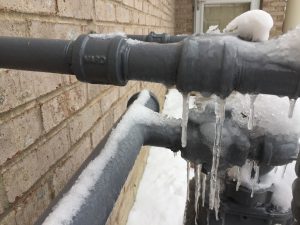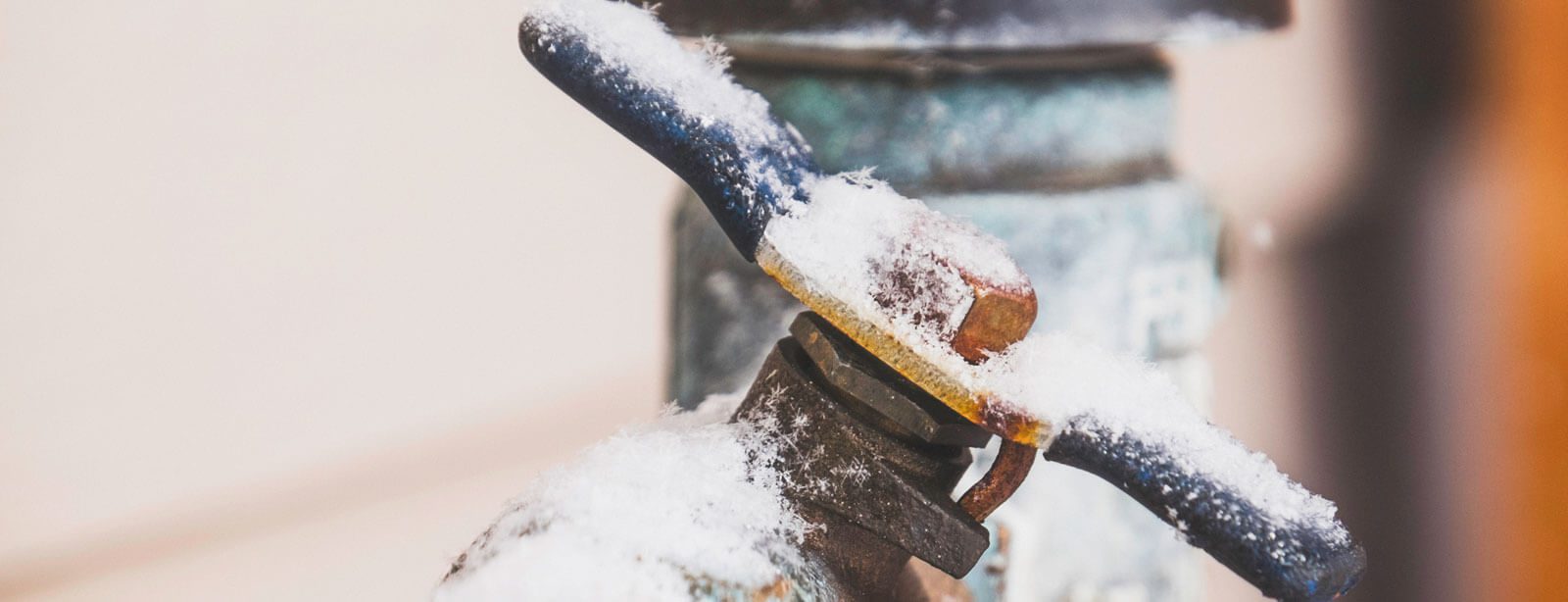Preventing Frozen Plumbing: Best Tips for Winter
Preventing Frozen Plumbing: Best Tips for Winter
Blog Article
What're your thoughts about How to Prevent Your Pipes From Freezing?

Winter can ruin your plumbing, particularly by freezing pipes. Here's how to stop it from occurring and what to do if it does.
Introduction
As temperatures drop, the risk of icy pipelines increases, possibly resulting in costly repair services and water damage. Recognizing how to prevent frozen pipelines is important for home owners in cold environments.
Understanding Frozen Pipes
What creates pipes to ice up?
Pipelines ice up when exposed to temperatures below 32 ° F (0 ° C) for expanded periods. As water inside the pipes freezes, it expands, putting pressure on the pipe walls and potentially triggering them to break.
Dangers and problems
Frozen pipelines can cause water supply disturbances, property damages, and expensive repair services. Burst pipelines can flooding homes and trigger substantial architectural damages.
Indications of Frozen Piping
Recognizing icy pipelines early can stop them from bursting.
Exactly how to determine frozen pipes
Search for reduced water flow from taps, unusual odors or noises from pipes, and noticeable frost on revealed pipes.
Prevention Tips
Insulating prone pipelines
Cover pipes in insulation sleeves or use warmth tape to secure them from freezing temperatures. Focus on pipelines in unheated or external locations of the home.
Home heating techniques
Maintain interior areas effectively warmed, particularly locations with pipes. Open up closet doors to permit warm air to circulate around pipes under sinks.
Securing Outside Pipes
Yard pipes and outside faucets
Detach and drain garden hoses prior to wintertime. Set up frost-proof spigots or cover outdoor taps with shielded caps.
What to Do If Your Pipes Freeze
Immediate actions to take
If you suspect icy pipelines, keep taps available to ease pressure as the ice thaws. Utilize a hairdryer or towels soaked in warm water to thaw pipes gradually.
Long-Term Solutions
Structural adjustments
Take into consideration rerouting pipes far from exterior wall surfaces or unheated areas. Include extra insulation to attic rooms, basements, and crawl spaces.
Updating insulation
Buy high-quality insulation for pipes, attics, and walls. Appropriate insulation assists preserve constant temperature levels and lowers the risk of frozen pipelines.
Final thought
Protecting against frozen pipes needs proactive procedures and fast feedbacks. By recognizing the reasons, indicators, and preventive measures, house owners can protect their pipes during cold weather.
5 Ways to Prevent Frozen Pipes
Drain Outdoor Faucets and Disconnect Hoses
First, close the shut-off valve that controls the flow of water in the pipe to your outdoor faucet. Then, head outside to disconnect and drain your hose and open the outdoor faucet to allow the water to completely drain out of the line. Turn off the faucet when done. Finally, head back to the shut-off valve and drain the remaining water inside the pipe into a bucket or container. Additionally, if you have a home irrigation system, you should consider hiring an expert to clear the system of water each year.
Insulate Pipes
One of the best and most cost-effective methods for preventing frozen water pipes is to wrap your pipes with insulation. This is especially important for areas in your home that aren’t exposed to heat, such as an attic. We suggest using foam sleeves, which can typically be found at your local hardware store.
Keep Heat Running at 65
Your pipes are located inside your walls, and the temperature there is much colder than the rest of the house. To prevent your pipes from freezing, The Insurance Information Institute suggests that you keep your home heated to at least 65 degrees, even when traveling. You may want to invest in smart devices that can keep an eye on the temperature in your home while you’re away.
Leave Water Dripping
Moving water — even a small trickle — can prevent ice from forming inside your pipes. When freezing temps are imminent, start a drip of water from all faucets that serve exposed pipes. Leaving a few faucets running will also help relieve pressure inside the pipes and help prevent a rupture if the water inside freezes.
Open Cupboard Doors
Warm your kitchen and bathroom pipes by opening cupboards and vanities. You should also leave your interior doors ajar to help warm air circulate evenly throughout your home.

I recently found that blog entry on Prevent Frozen Pipes while looking around the internet. So long as you liked our blog entry please be sure to share it. Thanks a lot for being here. Revisit us soon.
Visit My Site Report this page